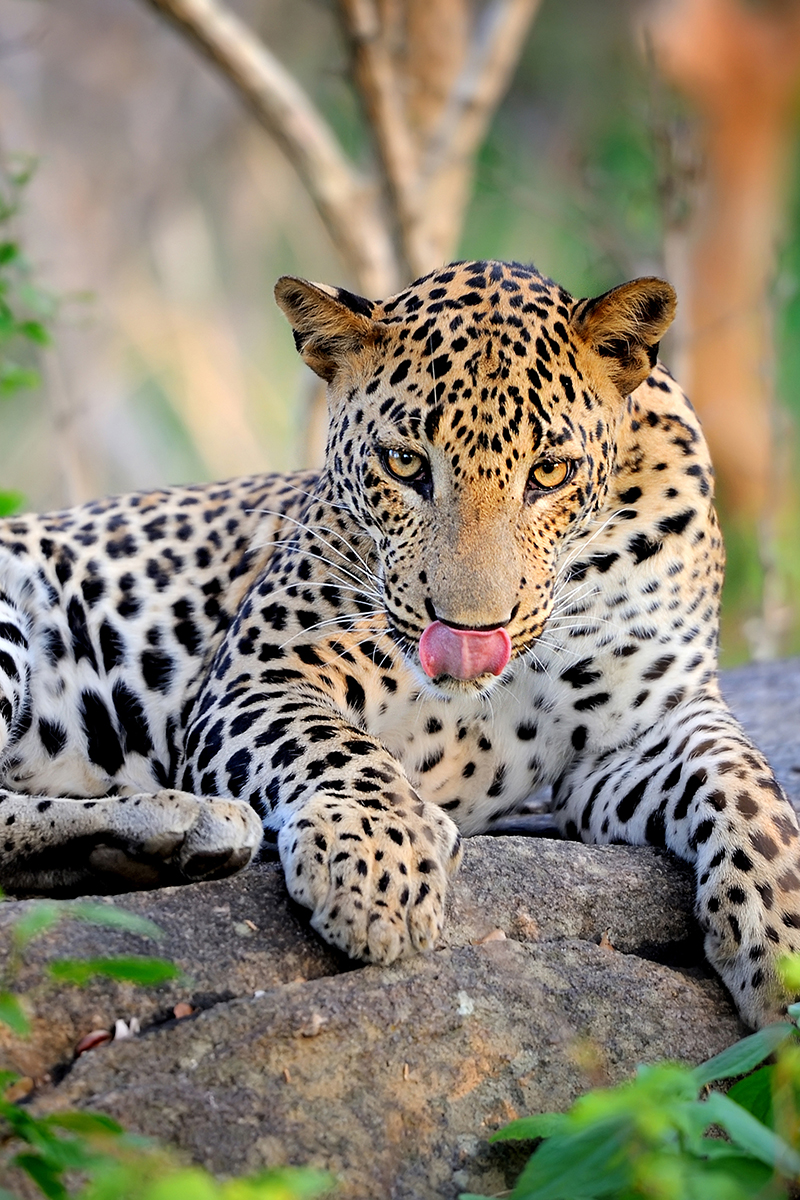Second Largest and Most Visited National Park.
Yala National Park is the second-largest and most frequently visited national park in Sri Lanka. Currently, only two out of the five blocks of the park are open to the public. There are also adjacent parks located nearby, and each block has a unique name such as Ruhuna National Park (block 1), Kumana National Park, or Yala East for the adjoining area. The park covers a total area of 979 square kilometres (378 sq mi) and is located in the Southern and Uva Provinces, which are approximately 300 kilometres (190 mi) away from Colombo.
Diverse Range of Wild Animals.
Yala was designated as a wildlife sanctuary in 1900 and is one of Sri Lanka’s two earliest national parks established in 1938. It is well-known for its diverse range of wild animals, especially the conservation of Sri Lankan elephants, Sri Lankan leopards, and aquatic birds.
The park is located in a dry semi-arid climate region where the rain falls mainly during the northeast monsoon. It features a range of ecosystems from moist monsoon forests to freshwater and marine wetlands. Yala is also one of Sri Lanka’s 70 Important Bird Areas (IBAs) and is home to 215 bird species, including six endemic species of Sri Lanka. The park has recorded 44 species of mammals and has one of the world’s highest leopard densities. The area surrounding Yala has hosted several ancient civilizations, and two important pilgrim sites, Sithulpahuwa and Magul Vihara, are situated within the park. Make sure to experience something unique in Yala during your visit to Sri Lanka. Join Ceylon Classic Tours and Travels for an unforgettable travel experience.
Experience
- Embark on a guided tour to witness the wildlife of Yala National Park.
- See the leopards, elephants, and sloth bears in their natural habitat.
- Make sure to take advantage of the golden hours of the day to capture breathtaking pictures of the animals.
- Listen to facts about the animals and area from your expert guide
- “Explore the lush greenery of light forests, shrubs, grasslands, and more.”




